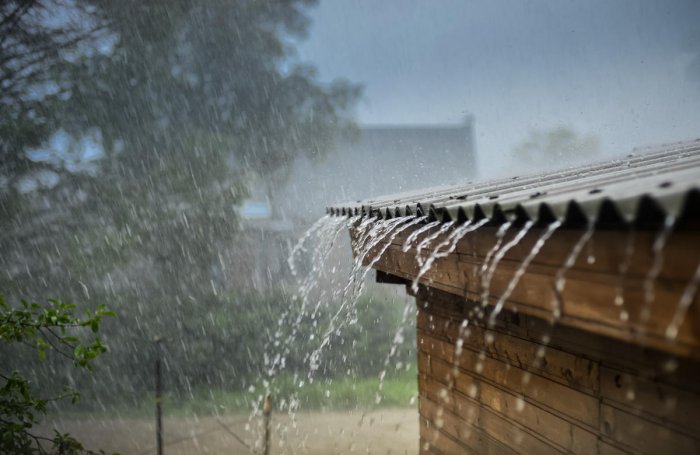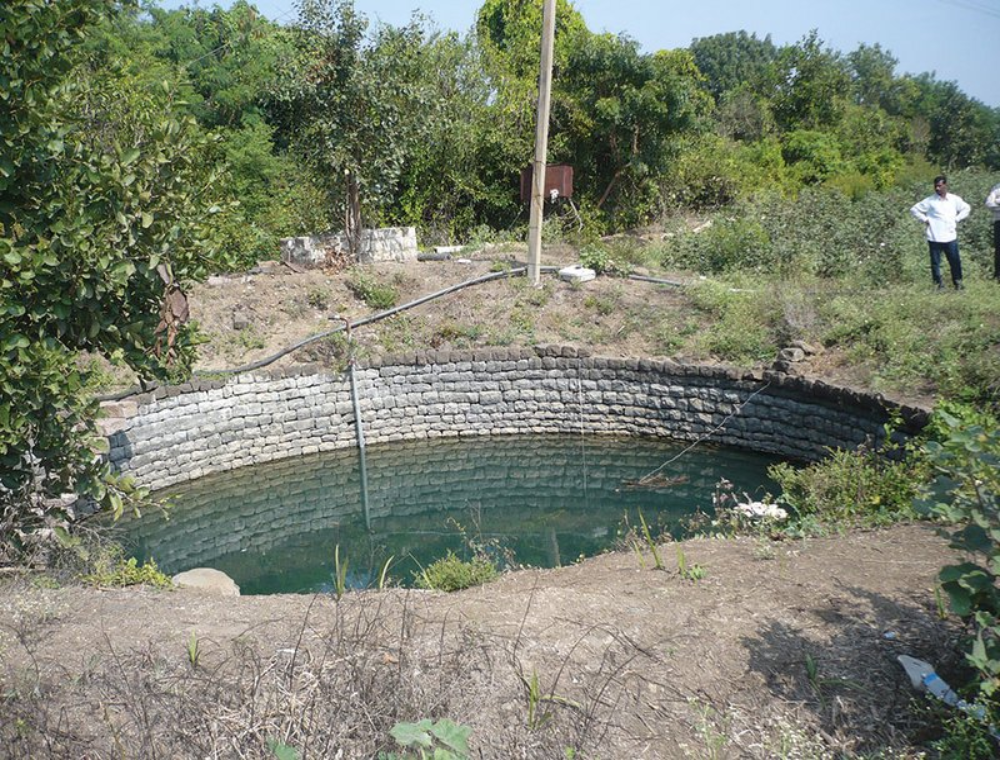
EVERY DROP COUNTS
Join us to save water today!
What is Rainwater Harvesting?
Rainwater Harvesting is a technology used to collect, convey and store rainwater from relatively clean surfaces like the roof, rock catchment or land surface − essentially for later use. This collected rainwater is either directed to recharge groundwater or stored in a rainwater tank.
Rainwater Harvesting isn't some modern technology, it has been practiced for over 4000 years throughout the world. Traditionally in arid and semi-arid areas, rainwater harvesting systems have provided water for domestic use, drinking, livestock, and small irrigation purposes. Today, rainwater harvesting is gathering a lot of significance as a modern, water−saving and simple technology.

Rainwater is one free water source and comparatively clean; with proper treatment, it can be used for several non-potable uses. Rainwater Harvesting not only relieves the pressure on sewers and the environment by mitigating floods, soil erosions and replenishing groundwater levels, but also helps in reducing the consumption of potable water.
There are so many reasons why we should start collecting rainwater. From doing our part for the environment and saving money on water bills to having constant access to water − collecting rainwater can be beneficial in so many ways.
.png)
The befenits of using Rainwater:
- Reduce water bills
- Chemical-free
- Maintain a green, healthy garden
- Good for skin and hair
- High self-sustainability
- Provide an alternative supply during water restrictions
- Decreases storm water runoff
- Helping to reduce local flooding and scouring of creeks

Available harvesting techniques
It is simple to collect rainwater from building roofs and numerous other sources. As long as you are ready and equipped with a couple of different items you have all that it takes to begin rainwater harvesting and enjoying naturally delicious, clean, and useful water. Rainwater harvesting systems can be purchased complete from various home improvement stores. The cost of these systems will vary.
Below are some of the techniques for rainwater harvesting, which will be explained in detail in the Methods webpage:
1. Rainwater Barrels:
The easiest and cheapest way to start harvesting rainwater in your home. A barrel is simply installed underneath the downspout of the guttering so that rain falling on the roof is funneled into the barrel.
.png)
2. Dry System:
A well-known method of rainwater harvesting. It's basically an improvement to the rainwater barrel technique in terms of size.
.png)
3. Wet System:
The exact opposite of the dry system. This is because the collection pipes are located underground and always full of water.

4. Green Roof:
Instead of directing rainwater for storage in the tank and then channel it to the garden, you could install a green roof on your house to enable plants to use the water instantly.

5. Retention Ponds:
Retention ponds are used to collect surface runoff water and can be used for groundwater recharge, irrigation or any other purpose other than potable uses.

6. Permeable Pavers:
A Permeable Pavement stormwater runoff system stores water by allowing stormwater runoff to infiltrate through porous surfaces into a storage reservoir.

Website Creators
Huynh Ngoc Thanh - Student1339033
Nguyen Phat Tai - Student1316806
Nguyen Pham Thi Cam Tu - Student1335967
Nguyen Hai Hoang - Student1339262